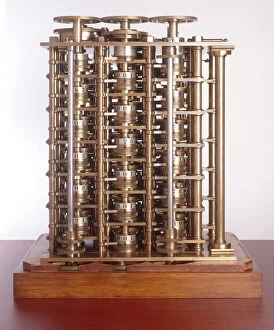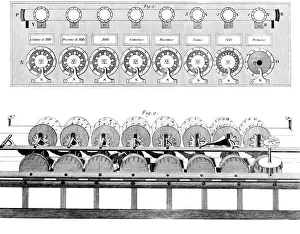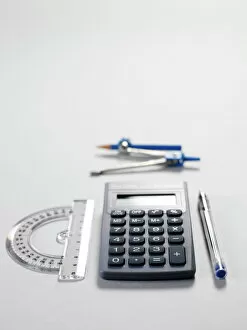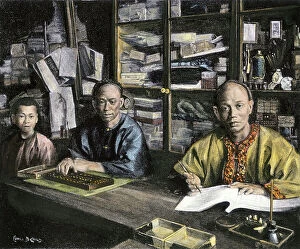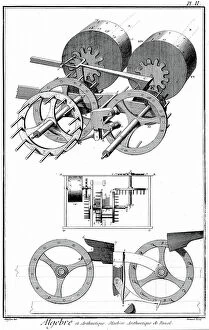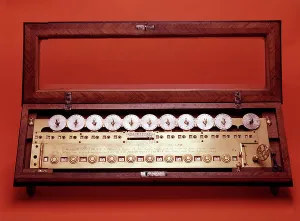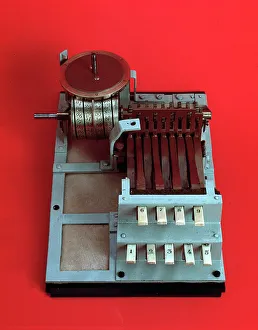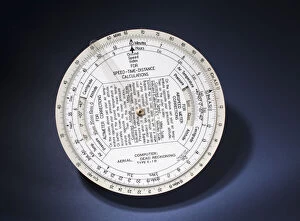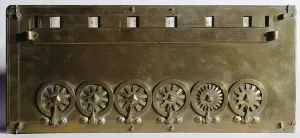Calculator Collection
The calculator has come a long way since its inception in the 1930s at M. I. T
All Professionally Made to Order for Quick Shipping
The calculator has come a long way since its inception in the 1930s at M. I. T. This mechanical marvel, inspired by Leonardo Da Vinci's invention, revolutionized mathematical equipment and paved the way for future innovations. Pascals Calculator, an exquisite 17th-century artwork, showcased the beauty of numbers while Samuel Morland's brassware and silver creation mesmerized with its intricate mechanics. But not all calculators were objects of admiration. The bones of John Napier served as ancient altars to numerical mastery, reminding us that even death couldn't escape the grasp of mathematics. Tito Gonnella's calculator from 1896 stands as a testament to human ingenuity during a time when technology was rapidly advancing. One cannot overlook Messrs. Scheutzs New Calculating Machine, which brought Germany into the spotlight as it pushed boundaries in technology, science, and art. Bonn's Arithmeum museum preserves this legacy for generations to appreciate. Perhaps one of the most significant milestones in calculator history was Charles Babbage's difference engine—a masterpiece invented in 1822 that computed polynomial functions with precision. As depicted in The Strand Magazine published in 1896, this calculating machine represented progress and innovation on an unprecedented scale. From humble beginnings at M. I. T. , through replicas inspired by Da Vinci himself and Pascal's artistic flair—calculators have evolved into powerful tools that shape our modern world, and are no longer mere objects but symbols of human curiosity and determination to conquer complex calculations effortlessly. So next time you reach for your pocket-sized device or open a computer program designed for computations—remember the rich history behind these remarkable machines that continue to simplify our lives today.


